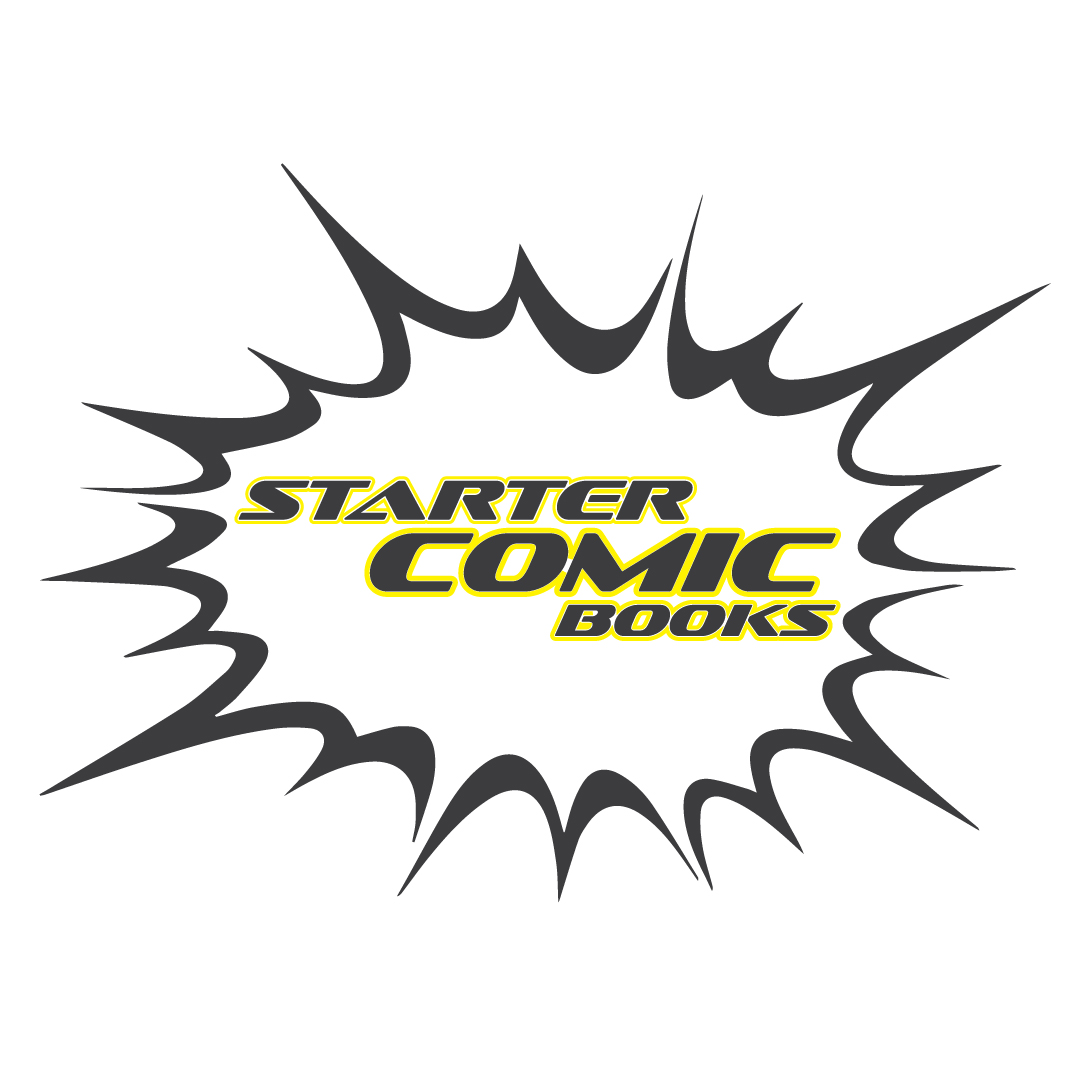Getting Started with Comics
New to comics? No problem! These guides will help you navigate the basics and feel confident stepping into this amazing medium.
Understanding Comic Book Terms
Here are some common terms you'll encounter:
- Panel
- A single framed image on a page, containing a segment of action.
- Gutter
- The space between panels. The reader's mind often fills in action occurring between gutters.
- Splash Page
- A single large illustration that opens a story or takes up a full page, often used for dramatic effect.
- Speech Balloon/Bubble
- Contains dialogue spoken by characters. The shape or tail can indicate tone (e.g., jagged for shouting).
- Caption Box
- Contains narration, descriptive text, or a character's thoughts, separate from dialogue.
- Trade Paperback (TPB)
- A collection of several single comic book issues (often a full story arc) bound together, usually with a softcover.
- Graphic Novel
- A longer-form comic book story, often self-contained and published as a single book. Can be original or collected material.
How to Read a Comic Page
Generally, you read panels from left to right, top to bottom, just like a regular book in English. Follow the flow of speech balloons and caption boxes within each panel, usually also read top-to-bottom within the panel.
Exploring Comic Genres
Comics cover every genre imaginable! Don't limit yourself - explore different styles. Here are a few popular ones:
- Superhero: The most well-known genre (Marvel, DC), featuring characters with extraordinary abilities fighting villains.
- Indie/Alternative: Often creator-owned, exploring diverse themes, unique art styles, and personal stories outside the mainstream.
- Sci-Fi & Fantasy: Space adventures, magical worlds, futuristic dystopias, dragons, robots, and everything in between.
- Horror: From psychological thrillers and supernatural scares to body horror and creature features.
- Manga: Japanese comics with distinct art styles and storytelling conventions, covering numerous genres for all age groups. Typically read right-to-left.
- Slice of Life: Realistic stories focusing on everyday experiences, relationships, work, and personal growth.
- Crime/Noir: Mysteries, detective stories, gritty thrillers often with a distinct visual style.
- Humor: Comics designed primarily to make you laugh, from gag strips to satirical stories.
